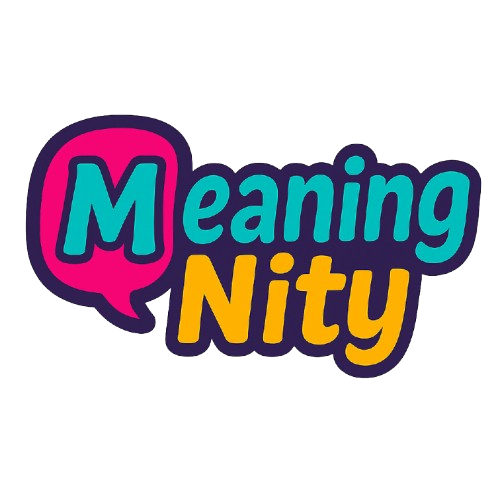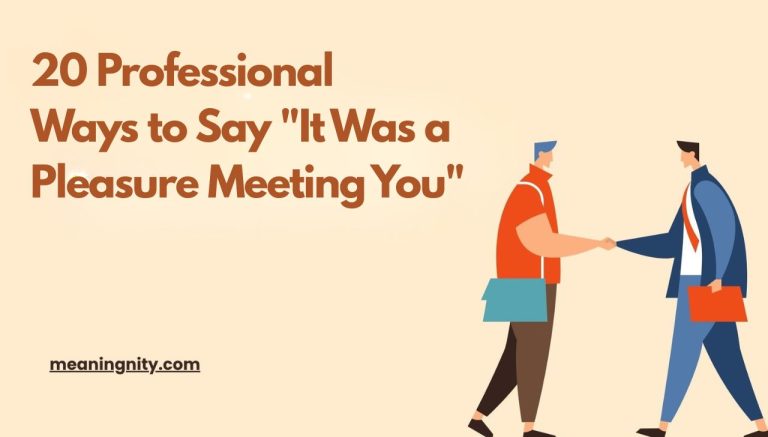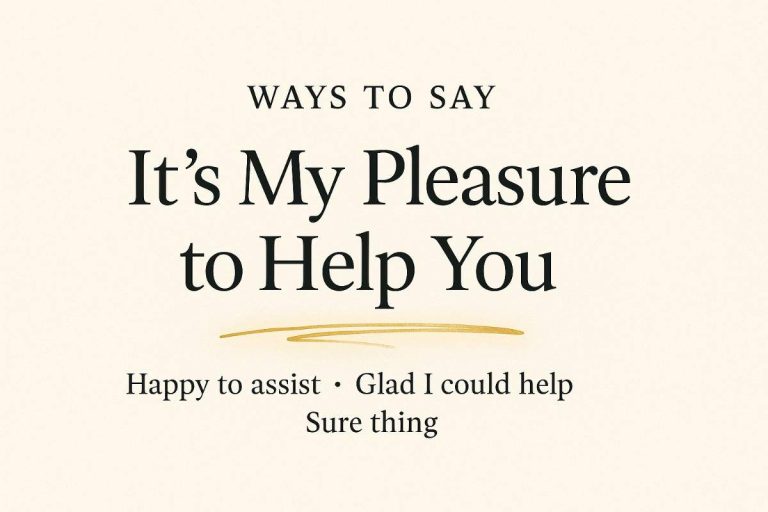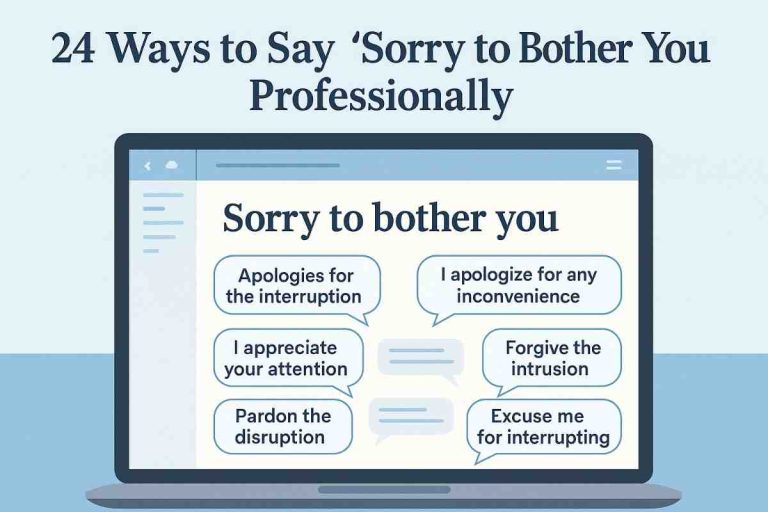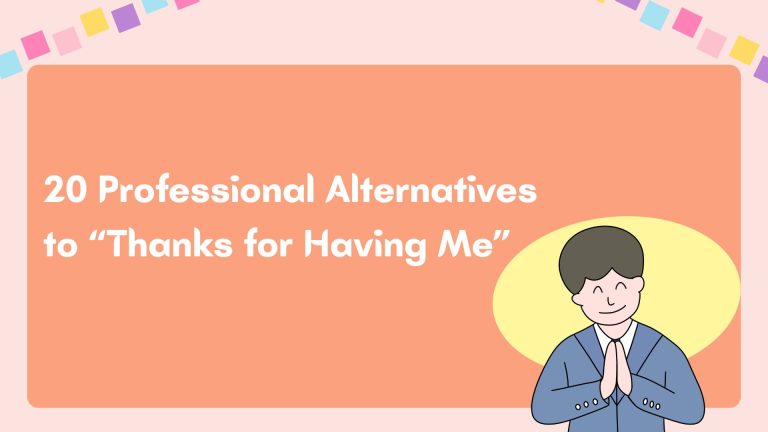19 Ways to Say “No Worries” Professionally
The phrase “No worries” is casual, friendly, and often used to ease tension. But in professional settings, it can sound too relaxed or informal. Whether you’re replying to an apology or acknowledging a delay, it’s useful to have alternatives that sound thoughtful and polished. Below are 19 professional ways to say “No worries” that still keep the warmth.
Dive Deeper : Cancelation vs Cancellation: Understanding the Key Difference
The Origins and Evolution of “No Worries”
“No worries” gained popularity in Australia as a laid-back way to say “It’s okay” or “Don’t worry about it.” Over time, it spread across English-speaking cultures, especially in casual speech and emails. Today, it’s common even in workplaces—but it doesn’t always strike the right tone. In settings that require more polish, you’ll want to swap it out for something more refined.

Below 19 Ways to Say “No Worries” .
1. “No problem at all.”
Example: “Thanks for getting back to me. No problem at all.”
Best Use Case: When someone apologizes for a delay or small issue, and you want to reassure them casually yet politely.
2. “Not a concern.”
Example: “The file came in a bit late, but not a concern—we’re still on schedule.”
Best Use Case: When you’re affirming that a delay or mistake didn’t affect progress.
3. “That’s perfectly fine.”
Example: “You needed a bit more time? That’s perfectly fine.”
Best Use Case: Useful when someone is asking for a small extension or adjustment.
4. “It’s all taken care of.”
Example: “I noticed the oversight, but it’s all taken care of.”
Best Use Case: To show calm control and assurance, especially after resolving something.
5. “I completely understand.”
Example: “Running behind happens—I completely understand.”
Best Use Case: When someone explains a delay or error and you want to acknowledge it without blame.
6. “Not an issue.”
Example: “You missed the deadline by a few hours—honestly, not an issue.”
Best Use Case: A relaxed but respectful way to put someone at ease.
7. “No trouble at all.”
Example: “You needed that report again? No trouble at all.”
Best Use Case: Great for email replies where someone feels like they’re asking for too much.
8. “Happy to help.”
Example: “Thanks for taking the time—happy to help.”
Best Use Case: For when someone apologizes for bothering you, and you want to stay friendly.
9. “Don’t give it another thought.”
Example: “You forgot to include the attachment—don’t give it another thought.”
Best Use Case: When someone makes a minor error and is feeling sheepish.
10. “That’s completely okay.”
Example: “You had to shift our meeting— that’s completely okay.”
Best Use Case: Works well in written communication that needs to sound flexible and kind.
11. “Everything’s still on track.”
Example: “Even with the delay, everything’s still on track.”
Best Use Case: Helpful when a hiccup happens, but no harm is done to the project.
12. “I appreciate the heads-up.”
Example: “Thanks for letting me know you’ll be late—I appreciate the heads-up.”
Best Use Case: Combines acknowledgment with professionalism when someone informs you in advance.
13. “We’re good to go.”
Example: “No worries about the file format—we’re good to go.”
Best Use Case: When you want to move forward without dwelling on the issue.
14. “Let’s keep things moving.”
Example: “The update came in late, but let’s keep things moving.”
Best Use Case: Good when addressing small mistakes while maintaining momentum.
15. “Thanks for checking in.”
Example: “Don’t worry about the confusion—thanks for checking in.”
Best Use Case: When someone clarifies something or shows concern, and you want to encourage openness.
16. “That’s not a problem from my end.”
Example: “If you need until tomorrow, that’s not a problem from my end.”
Best Use Case: Offers flexibility without sounding indifferent.
17. “Consider it resolved.”
Example: “No stress about the update—consider it resolved.”
Best Use Case: When a small issue comes up and you want to show it’s already handled.
18. “It happens.”
Example: “You missed the calendar invite—it happens.”
Best Use Case: Lightens the mood when someone makes a very human mistake.
19. “We’ve all been there.”
Example: “You forgot to reply? We’ve all been there.”
Best Use Case: Adds a touch of empathy, especially in casual team settings.
Dive Deeper : Requester vs. Requestor: Which Spelling Should You Use?
Conclusion
The phrase “No worries” might feel natural, but it doesn’t always fit the tone of workplace communication. Choosing the right words can make a subtle but lasting difference. Whether you’re replying to an apology, calming a client, or encouraging a colleague, these alternatives keep things professional—without sounding stiff. A little care in how you phrase things? It goes a long way.
